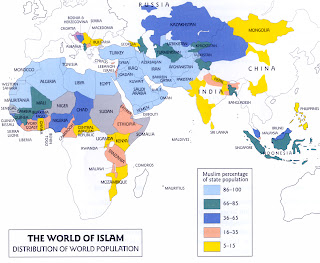Hme loan EMI
SOME ASPECTS OF AN EMI
Check out outlines of significant aspects of an EMI and its components
Home loans are repaid through equated monthly instalments (EMIs). An EMI consists of both interest and principal amounts.The EMIs remain constant over the tenure of the loan. The loan amount plus the interest for the loan tenure divided by the tenure of the loan (in months) gives you the EMI. The amount of EMI to be paid depends on various factors, which include the amount of loan, tenure of loan, rate of interest and mode of calculation of interest.
Normally, a home loan is repaid over a number of EMIs spread over a number of years. In the case of floating rate loans, the EMIs will increase when the interest rate goes up and is reduced when the interest rate comes down. The interest and principal loan components in the EMIs may vary from month to month. In the initial period, as the loan amount outstanding is more, the interest component in the EMI would be more and principal recovered would be lesser. Gradually, over the tenure, the loan amount gets reduced every month.The interest will be charged on the outstanding loan amount. The interest portion of the EMIs therefore goes on reducing and the principal component goes on increasing.
In case of floating rate loans, when the interest rate is increased, the principal recovery will be further reduced as the interest component in each EMI will increase. When the interest rate increases, if the EMIs remain the same,the bank may increase the loan tenure. To keep the tenure the same, you can partly prepay the loan amount. In case the interest rates are falling, it is advisable to continue to pay existing EMIs. This will reduce the total interest payable on the home loan as a greater portion would be allocated towards the principal component.
For example, in case of a home loan of Rs20 lakhs at 10 percent interest per annum for a period of 20 years, the EMI will be Rs 19,300. In the first month, since the entire loan is outstanding, the bank will charge interest of 10 percent on Rs20 lakhs, and this will be Rs16,667. So, out of the EMI amount of Rs19,300, the interest amount is Rs16,667 and the balance amount of Rs2,633 is towards the repayment of the principal component. At the end of first month, the loan amount outstanding would be Rs19,97,367. In the second month, interest will be charged on this outstanding loan amount of Rs 19,97,367, coming to Rs 16,644. The balance amount of Rs 2,655 will be repayment of the principal.
While determining the loan eligibility, for a given income, the bank calculates the amount available to pay the EMIs, which in turn is used to determine the eligible loan amount at a given rate of interest and for a fixed period. In case there is any change in the loan amount, interest rate, tenure or the method of computing interest, the EMIs change. In case the interest rate increases, with other variables being constant, the eligibility amount will decrease. In case the interest rate deceases, the opposite happens.
QUICK BYTES
WHEN THE INTEREST RATE INCREASES, IF THE EMIS REMAIN THE SAME,THE BANK MAY INCREASE THE LOAN
TENURE

Comments
Post a Comment